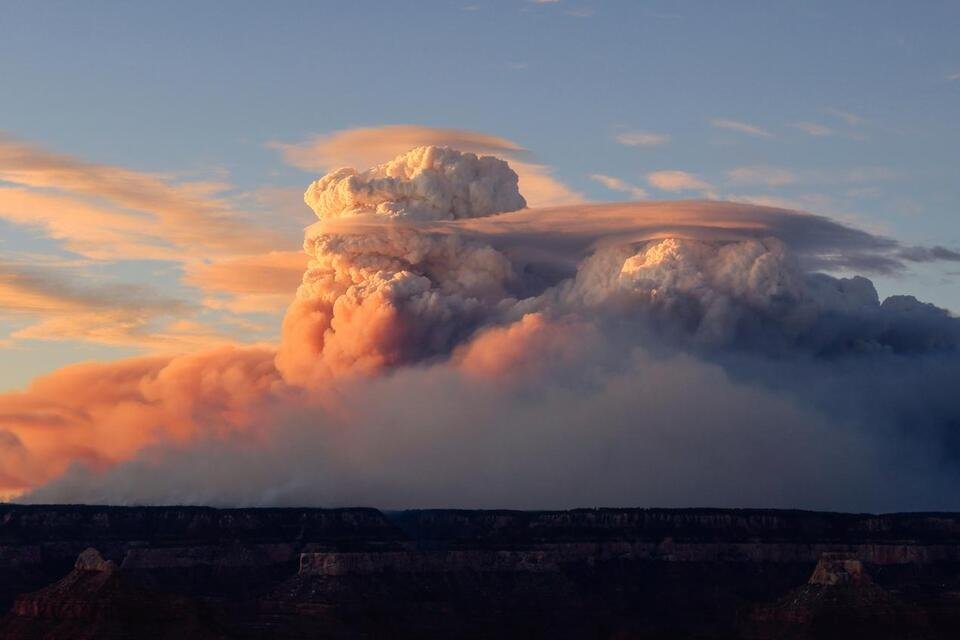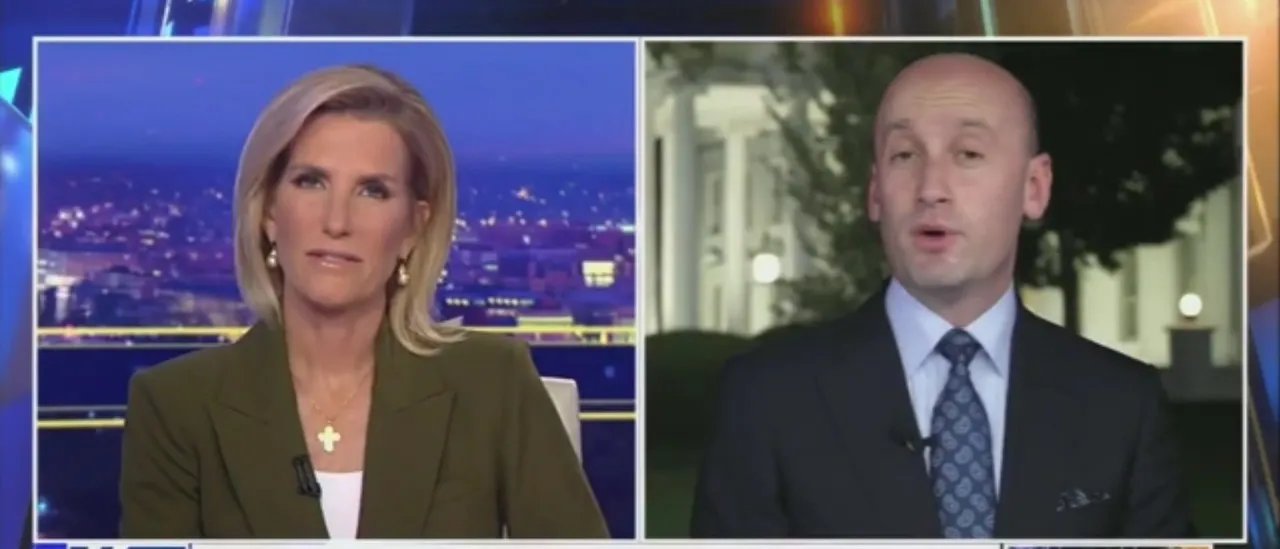Wildfires Rage in Arizona and Utah
Wildfires in Arizona and Utah, particularly near the Grand Canyon, are creating dramatic “fire clouds” visible from miles away. These clouds signal intense flames, contributing to a devastating wildfire season. This year, over 111,000 acres have burned across the U.S., including the destruction of a historic lodge in Grand Canyon National Park.
While the Dragon Bravo Fire is the most notable in the region, the latest reports indicate that only 9% of the fire is contained, largely due to extreme heat and strong winds. Nearby, the Monroe fire in Utah has produced similar fire clouds, which form when excessively hot air rises, creating large, smoke-filled columns that can be seen from great distances.
These towering clouds, resembling anvils, can also generate dangerous conditions. They sometimes lead to thunderstorms, which in turn can exacerbate wildfires. “When they’re high enough, they can also create downdrafts,” noted an expert, indicating the increased threat to firefighters on the ground. Recently, some crews had to retreat as these clouds made the situation perilous.
Derek Maria, an atmospheric scientist from the University of Utah, likened fire to a hot air balloon that increases buoyancy. He explained that the thunderstorms fed by these fires tend to be quite dry, considering the region’s conditions.
To add to the alarm, a fire tornado was reported in Utah, reaching wind speeds of 122 mph, which is alarming. Climate change, driven by human activities, is likely contributing to the increased frequency and intensity of these fire clouds, which have been linked to extended wildfires and extreme weather patterns in the Southwest.
In the meantime, firefighters are facing intense challenges as conditions continue to evolve. The Dragon Bravo Fire has surpassed 100,000 acres—a classification known as a “Megafire.” To comprehend its scale, it’s like driving from New York to Washington, D.C.
As firefighters work tirelessly, conditions in Arizona are shifting, and the flames are advancing north. The Monroe fire alone has consumed about 50,000 acres. Utah’s Governor Spencer Cox emphasized the alarming situation, stating that “terrifying conditions” are making fire management nearly impossible. He urged the public to exercise extreme caution, noting that these dangerous conditions could easily lead to more fires.
Currently, the Monroe fire is only 7% contained, and the situation remains precarious.







